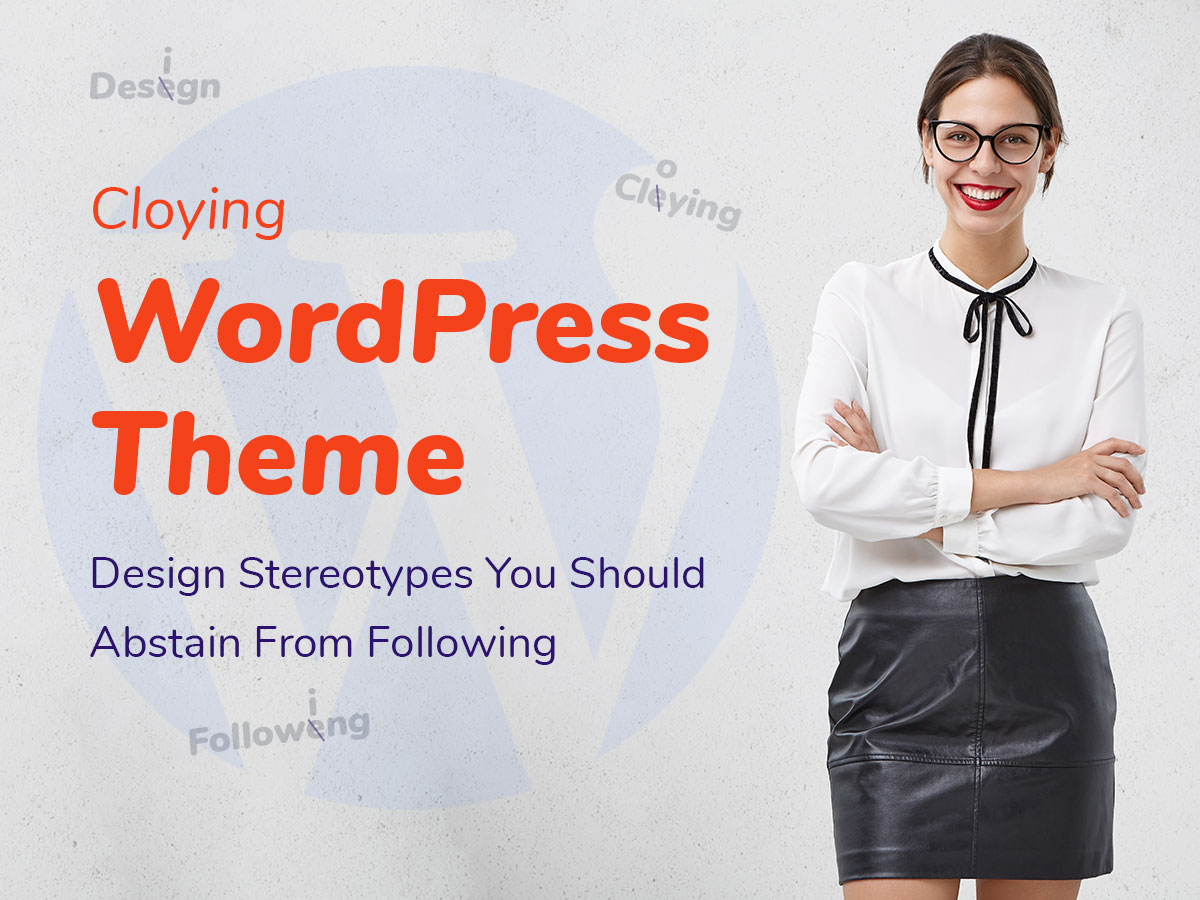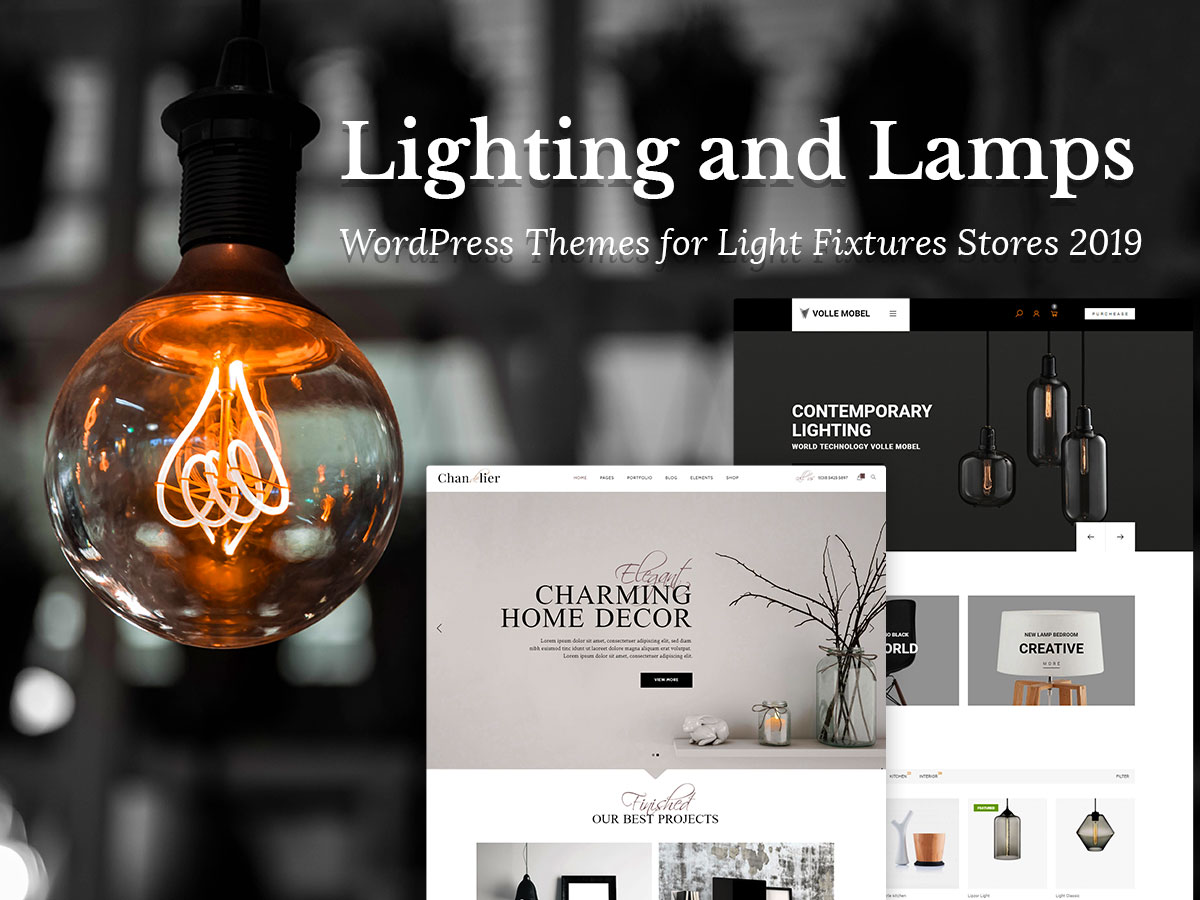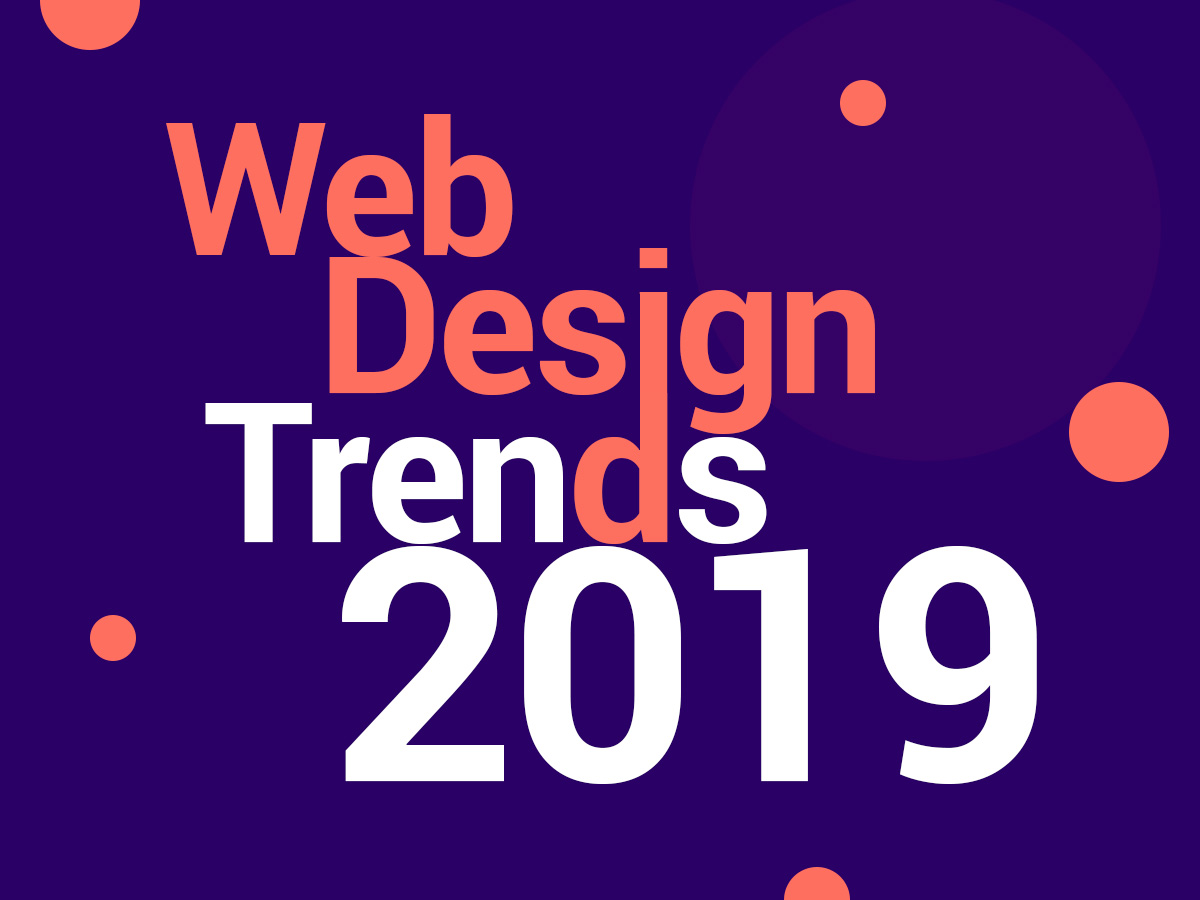Hi, fellows! I’ve been burning with that topic for a long time and I’ve been cherishing the idea to make this post for almost a year. So let me share small research with you. Please keep on reading to learn what I mean.
Here at WP Daddy, we share lots of WordPress themes especially compiled for the hand-picked theme collections with a brief review of every template. Before creating a compilation, we browse a tremendous amount of free and premium WP themes to choose the best, freshest and most suitable ones from a definite niche and a required purpose.
When checking out every theme, I consider its peculiarities, pros and cons, ease of usage, the arrangement of elements on a page, attractive or unattractive design, simplicity of navigation and many more factors. All of those attributes have an impact when I need to resolve what theme is perfect for showcasing it in the hand-picked bundle.
When you work with similar types of products for a long time, it’s easy to indicate what they have in common and what makes them different. WordPress themes we observe in our collections are developed by different creators across the globe, but all of them are based on a certain framework and a particular design standard. If this standard is not complemented with creativity, these WordPress templates sometimes look like clones.
One of my latest posts was devoted to attributes of the best-selling WordPress theme, and my today’s one is going to give you an insight on the most frequent and sometimes even annoying stereotypes that developers apply when designing business, medical, construction, and other related WordPress themes with premium quality.
I’m not going to call any names and I’m not trying to bring anyone into discredit. I just hope this small review is going to encourage designers to be a bit more creative when crafting another WordPress theme for their customers.
So let’s start!
1. “Smile with Arms across Your Chest!” – ?
It seems like every photographer making stock photos for sales says that phrase every time when he/she points the camera at their models. I guess this closed posture which is often mentioned in different “Tips on how to Repel a Recruiter” is considered by developers to be a sign of confidence.

Well, I don’t mind this to be a good standard of showing confident people in business, but if this thing is as common to find, then it starts to be something like a meme. All doctors, builders, lawyers, coaches, and other personalities that appear in premium WordPress themes, often hold their arms across their chests and smile for the camera.
Do you, guys, think this stereotype should be replaced with something more creative?
2. Similar Color Schemes
Sometimes I select up to 15 and more WordPress themes with an absolutely similar color scheme, so they look like they are different pages of a single template. For instance, blue, brown and yellow are main colors for industrial and construction themes, white and blue – for medical ones, green and yellow – for organic products, pink, white and red – for fashion templates, etc.
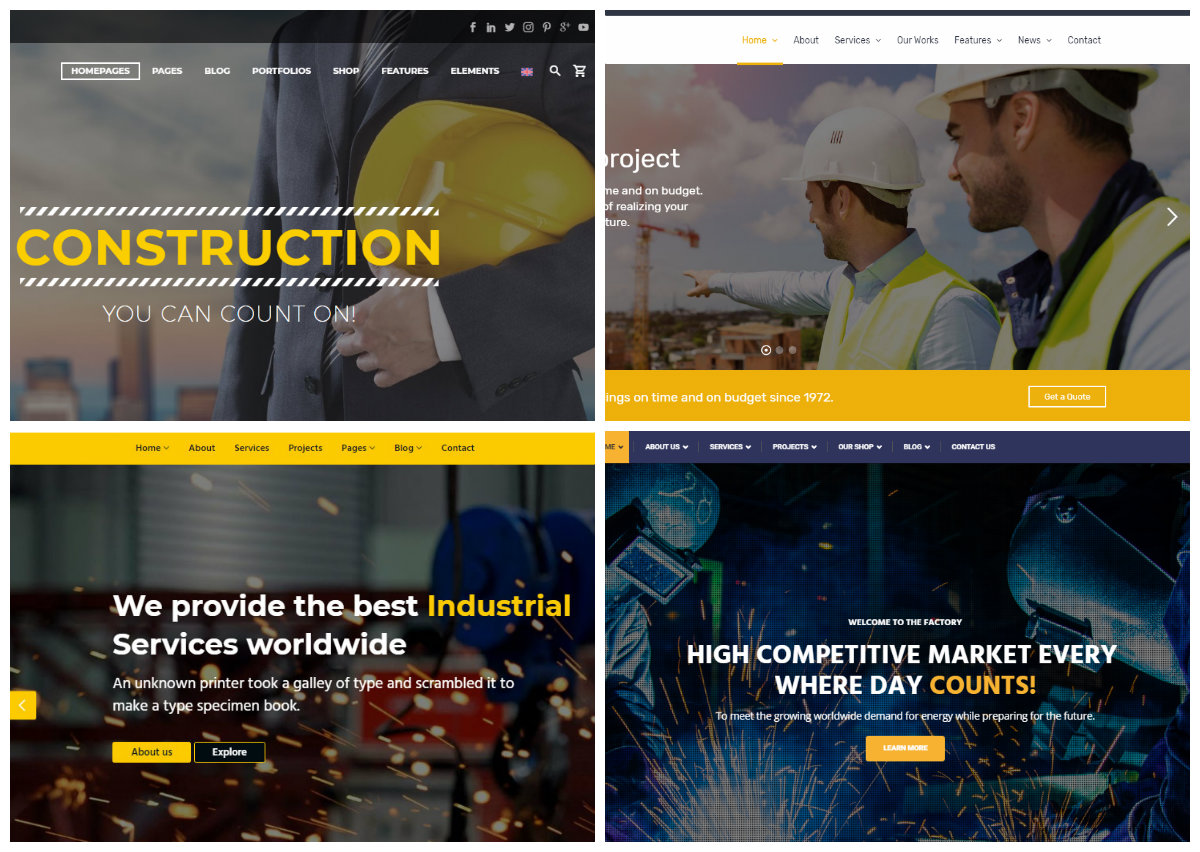
Nope, of course, there are exceptions and they are as awesome by functionality as the standard ones, but if we speak of design – creative themes are apparently inimitable. They stand out from the crowd, they are easier to remember and they convey emotions, so they have more chances to be purchased by a customer.
3. Mistakes and Mistypes
Of course, the misspelling is not a standard and not a stereotype, but I often come across WP themes with something like “we offers” or “lagel services” in a slider’s caption. All of this is a bit odd ‘cause before any theme is released it is thoroughly checked for bugs, usability, and accessibility, so there shouldn’t be even a single detail missing or incorrect.
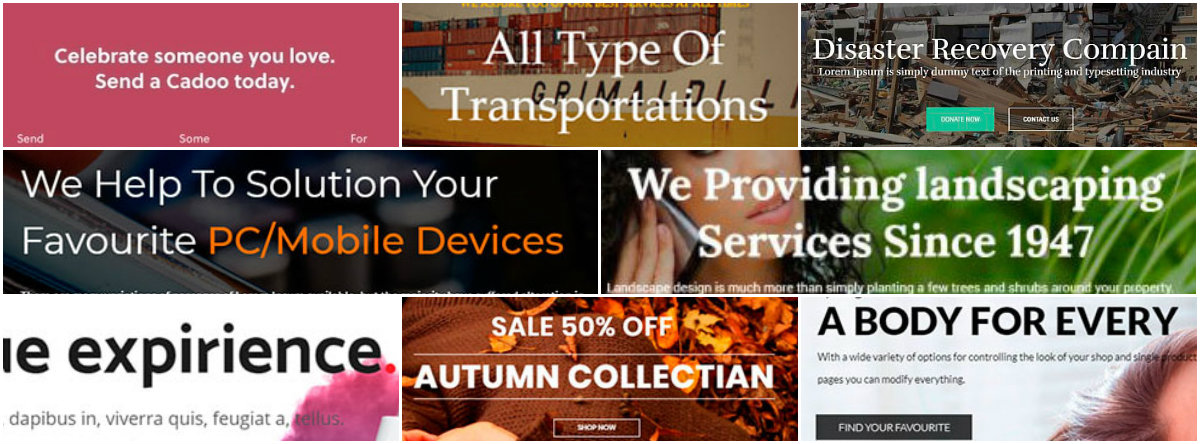
However, “human factor” is always taken into account when it comes to the creation process. So if a person is not as good in English or types something in a rush, mistakes and mistypes are quite predictable.
4. Lack of Fantasy
I promised not to specify any names, so I’m not going to show you the pictures of what I mean here. However, I will suggest potential names of themes that can serve as examples of my statement.
If you try to look for premium themes belonging to any certain category, you are sure going to learn the following principle: names of cleaning themes are going to be something like “CleaningPress”, “Cleaning Master”, “Cleaning Expert”, etc., names of event and conference WordPress themes are going to be like “Evnt”, “EventPress”, “Evynt”, “Evun”, etc. The same principle refers to any other category no matter what.
I guess it’s not compulsory to name a theme depending on its purpose because the name is not a single word or a term. The name of every theme consists of three or four words, so it’s quite possible to specify its purpose like, for instance, “Enthusiasm – Event and Conference WordPress Theme”. In this example you don’t use and don’t transform the word “Event” itself but you specify the purpose of the theme right in its name.
You can make much more creative names for your products, it’s up to you. If you are creative enough you get more chances to stand out.
Final Thoughts:
All of the mentioned above statements are just my own vision on how regular WordPress theme buyers and website owners can perceive the inventory of premium designs currently offered by developers at popular online marketplaces. If a product is unique, exclusive, creative and uncommon, it is sure to be more appreciated than standard similar ones. This means that this product’s developer is going to have more sales and greater profit than their rivals in the same niche.
So I hope this small research was useful.
Melany H.
